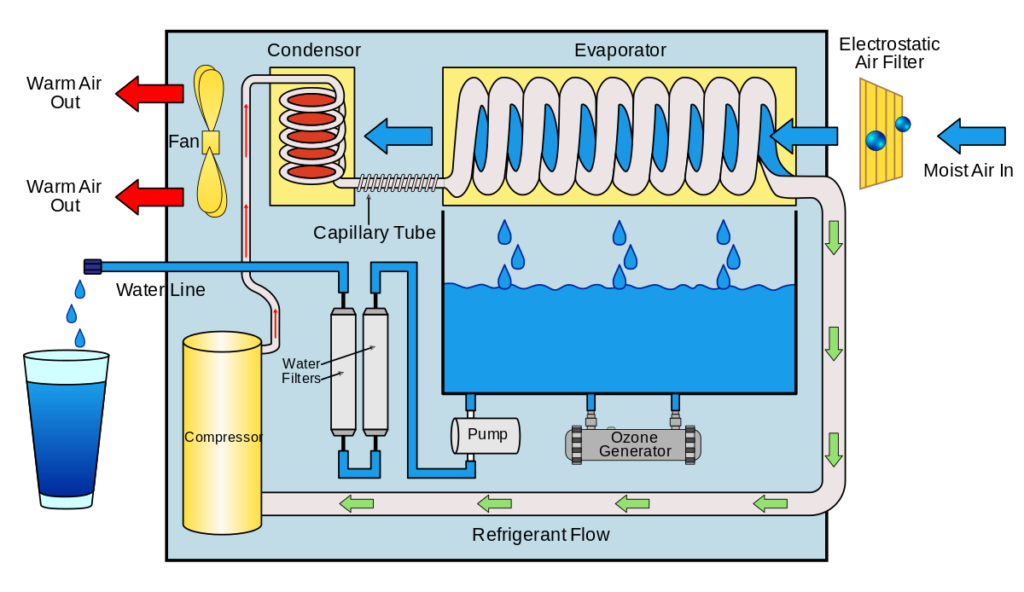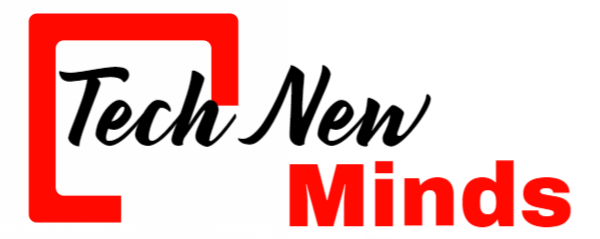End of line packaging automation and logistics involves a complex supply chain that connects vendors and buyers. Many organizations today do package measuring, quality inspection, and material handling optimization manually. With the rise of online retail sales, manufacturers’ need to automate storage activities has increased. Smart 3D sensors are a key driver of improved factory End of line packaging automation.

What are the benefits of more automation?
Production and delivery have improved.
Faster production and order processing
Enhanced output
Prod-uct quality has
A reduction in costs
In this post, we’ll look at several real-world applications for 3D smart sensors. We’ll look at the Gocator 2490, a 3D laser profiler with an ultra-wide field of view designed to solve packaging and logistical issues.
Package Dimensions
Dimensional measurements are important in packaging and shipping processes like sizing, sorting, and palletization. Since the business no longer collects transportation rates only on weight, accurate dimensional measurement is more crucial than ever.
Box Volume Dimensioning
In this scenario, the engineer must accurately measure a huge rectangular cardboard box to compute dim-weight. On a conveyor, these boxes generally travel at 2 m/s.
One large field of view The Gocator 2490 smart sensor can scan and measure complete box dimensions (WxHxD) at 800 Hz with 2.5 mm resolution in all three directions (X, Y, Z). Competing camera-based systems typically have 3-5 mm resolution in X, Y, and Z.
Filling Check (Application Example No. 2)
The 2490 sensor can also scan open boxes and calculate fill volume from 3D height maps. That measurement, which can be used to guide repackaging of contents to achieve optimal fill level, is generated by the sensor by subtracting the fill volume from the total available box capacity.
Notably, 2D vision systems do not produce height map data and hence cannot be used to perform critical volumetric measurements End of line packaging automation.
Application – Package Size and Sorting
The package is then transported to a collection station or warehouse for receiving, sizing, and sorting. Gocator 3D smart sensors automate this process.
The finished boxes are scanned and measured for size before being automatically sorted. The built-in timer or encoder tag and track logic identify each box as it arrives at the sorting station.
Example 4: Robotic Palletization
Dimensional measurements are critical in robotic palletization and depalletization applications. It is used to scan a loaded pallet and transmit precise positioning coordinates to correctly lift and arrange the boxes on the outward conveyor.
Due to the sensor’s 2 meter field of vision, it can scan the entire pallet and its contents in one go Also, the sensor integrates real-time robot calibration methods.
Package tracing
When a box is picked up, a barcode label is attached and scanned for traceability. 3D smart sensors can automatically scan, read, and trace barcodes.
Example: Barcode/Label Reading
In today’s warehouses, 1D barcodes are the most used format for labelling and tracking shipments. Instead of 2D vision cameras or specialized barcode readers, Locator® includes built-in software that allows engineers to scan and read 1D (linear) barcodes and OCR data from 3D scans.
Package Quality Check
Packages must be inspect for surface flaws as well as dimensions. Receiving and sorting centers generally inspect for defects such as dents, tears, punctures, and folds.
One such application is Surface Defect Detection
Two Gocator 2490 sensors can scan the exposed sides of each box on a conveyor, detecting faults and flagging broken items in real time.
Each box’s pass/fail control choice has a time and position stamp. Each “decision tag” represents a possible outcome for downstream sorting equipment.
Smart 3D Sensors vs. ToF and LIDAR
Distance measurements are derive from the pulsed transmit and reflection timing of a moving laser point source in 3D vision technologies like LIDAR and Time-of-Flight. The Locator 2490 3D smart sensor outperforms both.
Better accuracy. 3D smart sensors have a point-to-point Z resolution (height) ten times higher than ToF technology. A higher data density laterally (i.e., across the profile) allows for more precise measurement.
Boosted speed. LIDAR uses a mirror to move a light spot across a target surface, limiting its scan rate. With built-in light projection and optimized architecture. A smart 3D laser line profiler gives 4X faster speeds than ToF vision systems with the possibility of even faster increases through PC or hardware-based acceleration. This increases product throughput when utilized in a high speed automatic packing machine.
Easier to implement Cheaper. Not requiring industrial PCs or external controllers Unlike LIDAR and ToF. These sensors do not require high levels of integration or data aggregation. Making field servicing simpler and less expensive than component-based vision systems industradgroup.
A Locator 3D smart sensor can do the following:
- Measure properly for size and sorting.
- Locate the void
- Work with industrial robots to stack/unstack pallets
- Decode 1D and 2D barcodes for tracking.
- Check for dents, cracks, punctures, and folds.

